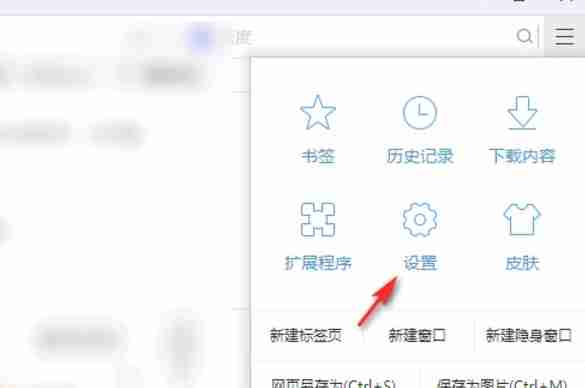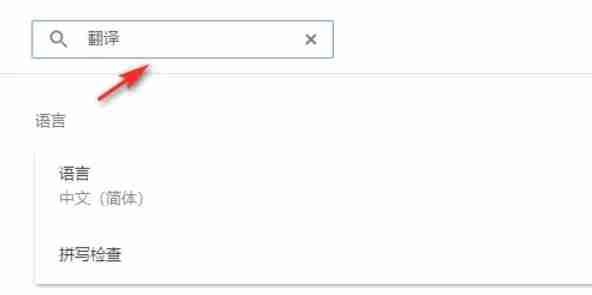Final Fantasy 7 Rebirth Ending Explained
- By Lily
- Mar 06,2025
This guide provides a comprehensive walkthrough of the Google Chrome translation features. Learn how to effortlessly translate entire web pages, selected text snippets, and customize your translation settings for a seamless multilingual browsing experience. Master these techniques and break down language barriers with ease!
Step 1: Accessing the Settings Menu
Locate and click the "More" or "Three Dots" menu icon in the upper right-hand corner of your Google Chrome browser. This will open a dropdown menu containing various options.

Step 2: Navigating to Settings
Within the dropdown menu, select the "Settings" option. This will redirect you to the browser's settings page.

Step 3: Locating Translation Settings
At the top of the settings page, you'll find a search bar. Enter "Translate" or "Languages" to quickly locate the relevant settings.

Step 4: Accessing Language Settings
After searching, you'll see an option labeled "Languages" or similar. Click on this option to access the language settings.
Step 5: Managing Languages
In the language settings, you'll find a list of supported languages. You can add new languages, remove existing ones, or adjust their order of preference.

Step 6: Enabling Automatic Translation
Crucially, locate the setting that asks whether to translate pages that are not in your default language. Ensure this option is enabled. With this setting activated, Chrome will automatically prompt you to translate web pages written in languages other than your preferred language.
By following these steps, you can fully leverage Google Chrome's translation capabilities for an enhanced and barrier-free browsing experience.
Latest News
more >-

- Azur Lane Launches High Tower Rose Event
- Nov 11,2025
-

-

-

- Kemco\'s Metro Quester Breaks Tradition
- Nov 11,2025
-



